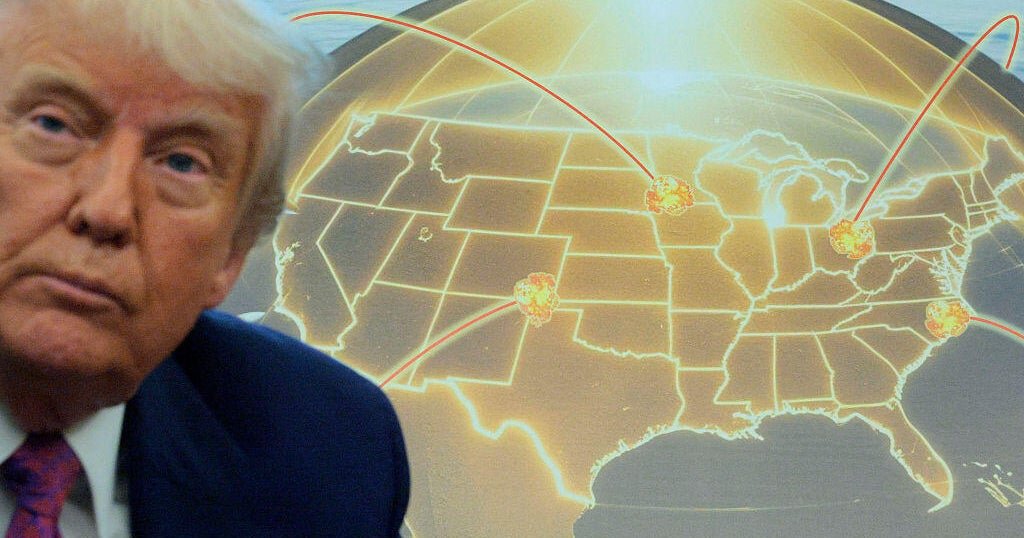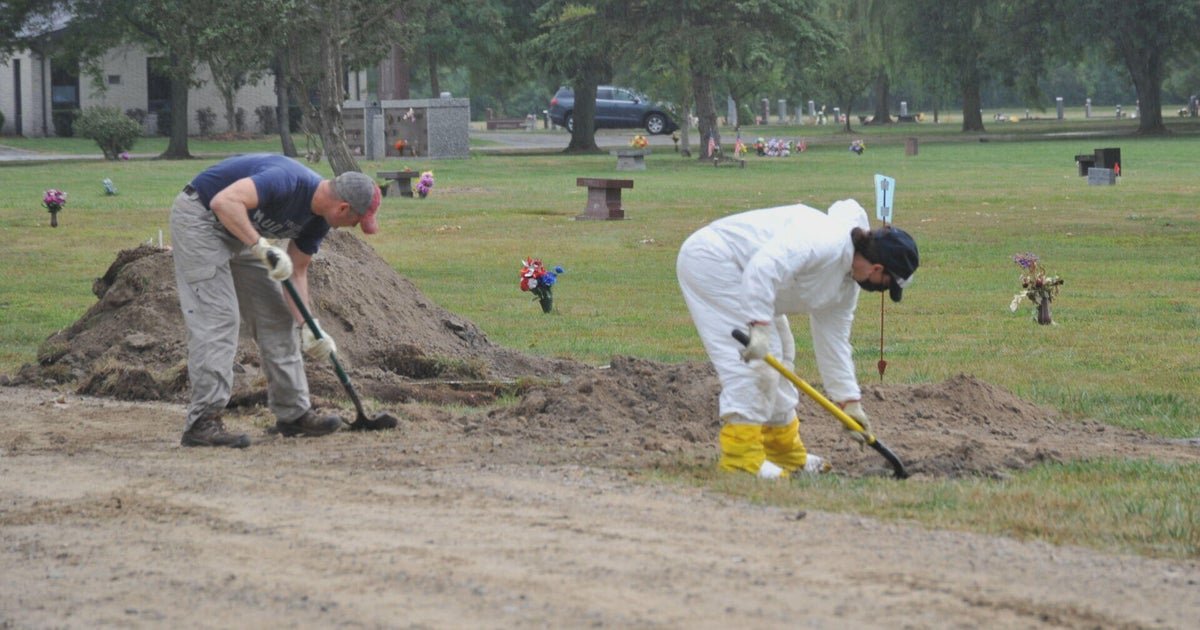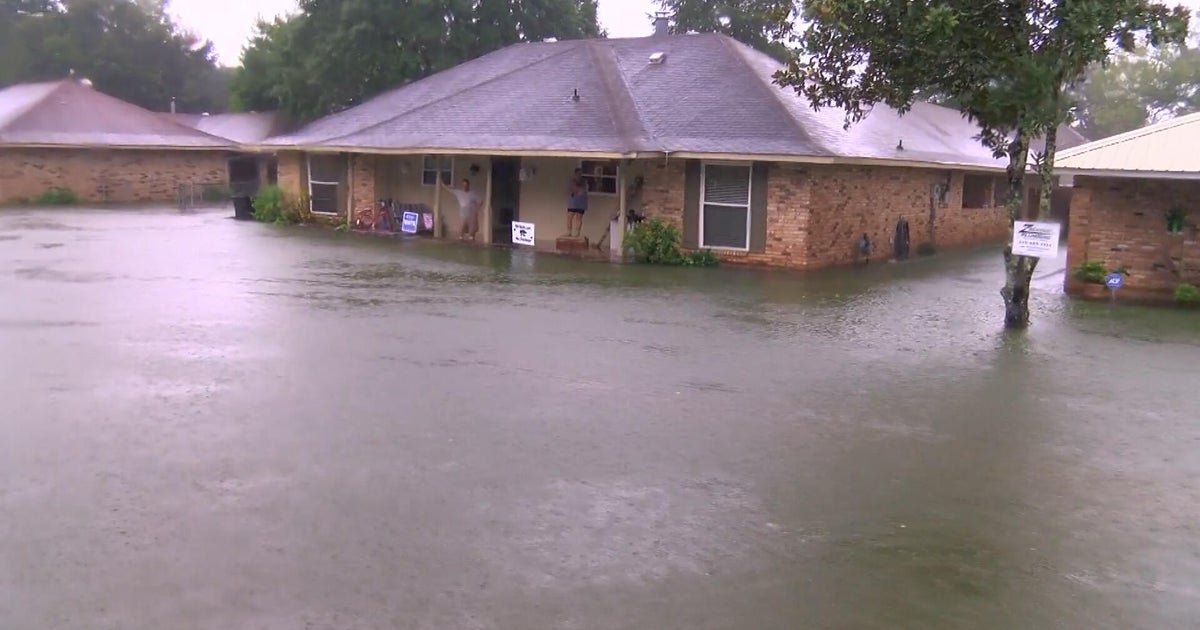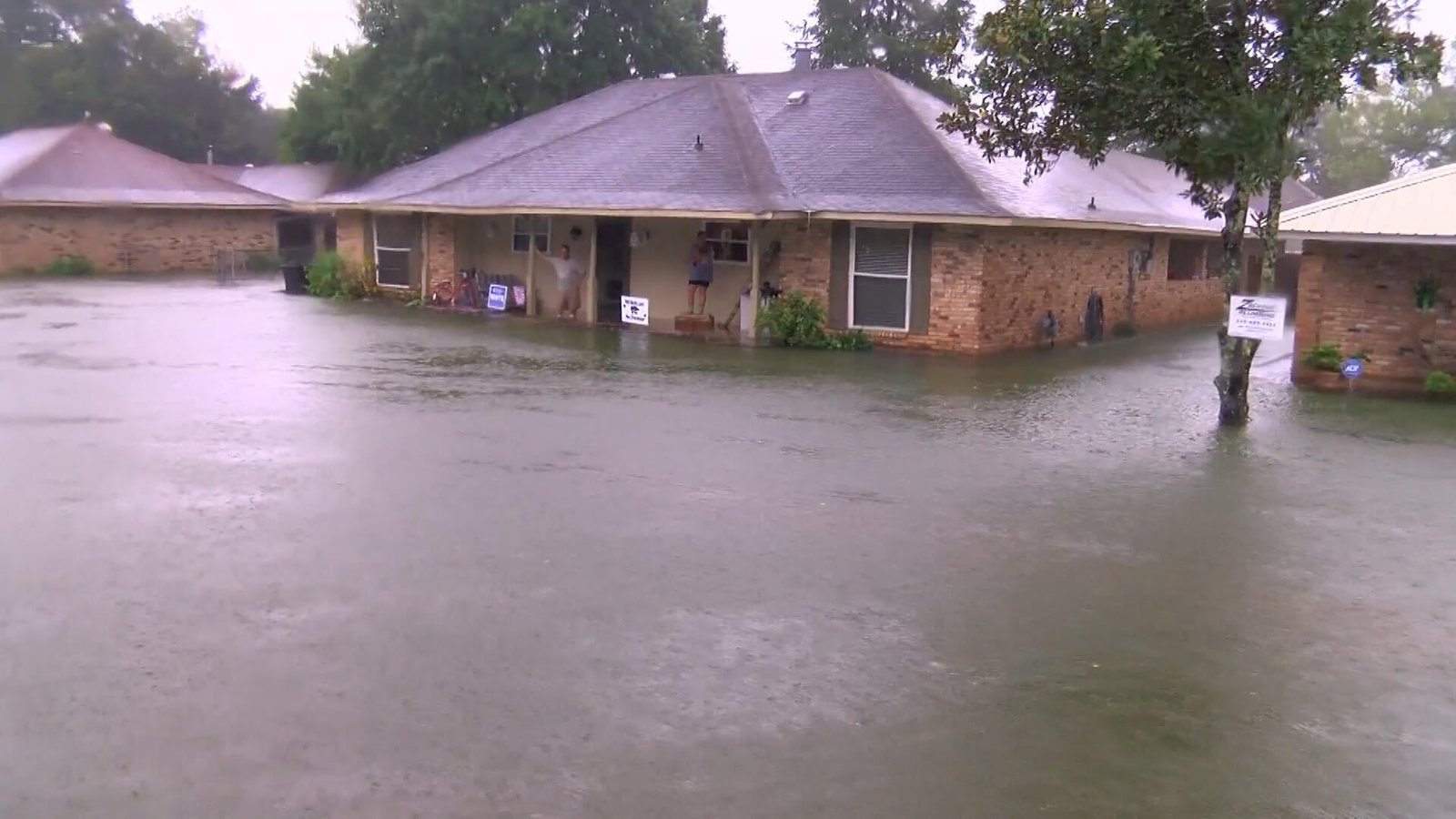President Trump’s missile defense project, called the “Golden Dome for America,” aims to protect the U.S. from foreign threats. But it has been criticized by China as threatening to increase the risks of militarizing space and a global arms race.
The president on Tuesday said his administration had “selected an architecture” for the “state-of-the-art system,” which could cost hundreds of billions of dollars and put U.S. weapons in space for the first time in history.
What is the Golden Dome and how will it work?
The Golden Dome is a multilayered defense system that the president, speaking in the Oval Office alongside Defense Secretary Pete Hegseth, said will deploy “next-generation technologies across the land, sea and space, including space-based sensors and interceptors.”
“The Golden Dome will be capable of intercepting missiles even if they are launched from other sides of the world and even if they are launched from space,” the president said, adding that he wants it to be operational before his term ends.
The concept includes both ground- and space-based capabilities that would defend against missiles by: detecting and destroying them ahead of launch, intercepting them early in flight, halting them midcourse and stopping them in the last few moments of approaching a target.
The initiative would have multiple layers that expand on what the U.S. already has and build new programs to counter the full range of aerial threats, according to Gen. Gregory Guillot, the head of U.S. Northern Command, who testified in front of Congress in April.
He described a domain awareness layer to track threats and then two other layers, “the first being an ICBM (intercontinental ballistic missile) defeat layer, which largely exists today with the GBIs (ground-based interceptors) that can defeat a North Korean threat and then an air layer that would defeat cruise missiles and air threats.”
“This is not going to be off the cuff,” Tom Karako, the director of the Missile Defense Project at the Center for Strategic and International Studies, told CBS News in an interview.
“This is going to be well-rooted in the systems engineering and the understanding of the threat and in the overall architecture plans that have been in the works for a long time,” Karako said.
The new initiative, which will encompass many programs, will be built in states including Florida, Georgia, Indiana and Alaska, according to Mr. Trump, and involve multiple American defense and technology companies that have not yet been selected.
The Congressional Budget Office has estimated a cost of $542 billion for the space-based components alone.
Aerospace and defense company Lockheed Martin, which said on X it is ready to support the dome mission, describes it as a “revolutionary concept.”
“This is a Manhattan Project-scale mission, one that is both urgent and crucial to America’s security,” the company says.
Lockheed Martin COO Frank St. John said it would protect against nuclear missiles, as well as intermediate-range ballistic and cruise missiles, and other threats.
Mr. Trump said U.S. Space Force Gen. Michael Guetlein would be responsible for overseeing the dome’s progress.
However, there is no funding yet to match the plan, which is “still in the conceptual stage,” Air Force Secretary Troy Meink told senators on Tuesday at a hearing. The Pentagon is also still developing the requirements that the dome will have to meet, The Associated Press reported.
Israel’s Iron Dome
The Golden Dome idea first came to public light during Mr. Trump’s joint address to Congress in March, when he asked for funding for it. He said, “Israel has it, other places have it, and the United States should have it, too.”
The president was referring to Israel’s Iron Dome, which at least partially inspired the Golden Dome concept. Israel’s system, installed in 2011 to defend against incoming projectiles, largely addresses shorter-range threats like rockets, while two other air defense systems work to defend against missiles.
The Iron Dome, developed with U.S. backing, has intercepted thousands of rockets and has a success rate topping 90%, according to Israel.
China responds
Chinese foreign ministry spokesperson Mao Ning said her country urges the U.S. “to abandon the development and deployment of a global missile defense system as soon as possible.”
“The United States, in pursuing a ‘U.S.-first’ policy, is obsessed with seeking absolute security for itself,” she said at a Wednesday briefing in Beijing, according to news agencies. “This violates the principle that the security of all countries should not be compromised and undermines global strategic balance and stability. China is seriously concerned about this.”
She also said the Golden Dome plan “heightens the risk of space becoming a battlefield” and “fuels an arms race.”
When asked about China’s response in an interview on “Fox & Friends First,” Lockheed Martin’s St. John said, “What we’ve seen historically is that the thing that leads to conflict is the lack of deterrence, and so our belief, along with the administration, is that having strong deterrence is the best way to deter conflict.”
A U.S. Defense Intelligence Agency assessment shows that the U.S. military expects, over the coming decade, to contend with missile threats that are greater in “scale and sophistication.” It also said that “China and Russia are developing an array of novel delivery systems to exploit gaps in the current U.S. ballistic missile defenses.”
China has been rapidly developing missile and other military capabilities, while deepening ties with Russia. The two nations said in a statement earlier this month that the dome project was “deeply destabilizing in nature” and would turn space into “an arena for armed confrontation.”
Karako said that the Golden Dome initiative is “a belated realignment of U.S. missile defense policy” to counter both China and Russia, countries that the last two administrations in their national defense strategies have pointed to as strategic competitors.















Leave a Reply